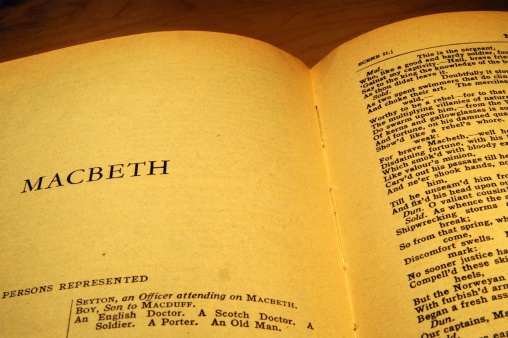Rhetorical devices are crucial elements in effective communication because they serve to engage, persuade, and evoke emotions in the audience. These devices are not just decorative flourishes; they have a profound impact on how a message is received and understood.
A rhetorical device is a technique or language pattern used to enhance the effectiveness and impact of communication, particularly in speech and writing. Rhetorical devices are employed to persuade, emphasize, evoke emotions, create memorable phrases, and make a message more engaging and memorable. These devices often play with the structure, sound, and meaning of words and phrases to achieve their intended effects.
Here are three examples of a rhetorical device, along with an individual who was skilled at using them:
1. Alliteration: Alliteration involves the repetition of consonant sounds at the beginning of adjacent or closely connected words. It adds rhythm, musicality, and emphasis to a sentence.
Example from a skilled user: William Shakespeare was a master of alliteration. In his play “Macbeth,” he uses alliteration in the famous line: “Fair is foul, and foul is fair.” The repetition of the “f” sound adds a sense of symmetry and intrigue to the statement.
Here’s an example in a business context:
“Strategic Success Steps for Sustainable Growth“
In this business presentation context, the repeated “s” sound in “Strategic,” “Success,” “Steps,” and “Sustainable” creates an alliterative pattern that not only sounds pleasing but also draws attention to the important concepts being discussed. This kind of alliteration can help emphasize the strategic approach to achievin
2. Metaphor: A metaphor is a figure of speech that compares two seemingly unrelated things to highlight a similarity between them, often creating a vivid and imaginative comparison.
Example from a skilled user: Martin Luther King Jr. used metaphors effectively in his “I Have a Dream” speech. One of the most memorable lines is:
“I have a dream that one day, on the red hills of Georgia, the sons of former slaves and the sons of former slave owners will be able to sit down together at the table of brotherhood.”
Here, the metaphor of sitting down together at the table of brotherhood represents the vision of racial equality and unity.
3. Anaphora: Anaphora involves the repetition of a word or phrase at the beginning of successive clauses or sentences. It adds rhythm, emphasis, and a sense of progression to a passage.
Example from a skilled user: Abraham Lincoln’s Gettysburg Address is a classic example of anaphora. He begins the speech with the repetition of “Four score and seven years ago” to emphasize the passage of time and set the tone for his reflection on the nation’s history and purpose.
Here’s an example from a business context:
“We don’t just sell products. We provide solutions.
We don’t just meet expectations. We exceed them.
We don’t just serve customers. We build relationships.”
These examples showcase how skilled speakers and writers use rhetorical devices to create memorable and impactful communication. By employing devices like alliteration, metaphor, and anaphora, these individuals enhance the clarity, emotional resonance, and overall power of their messages.



